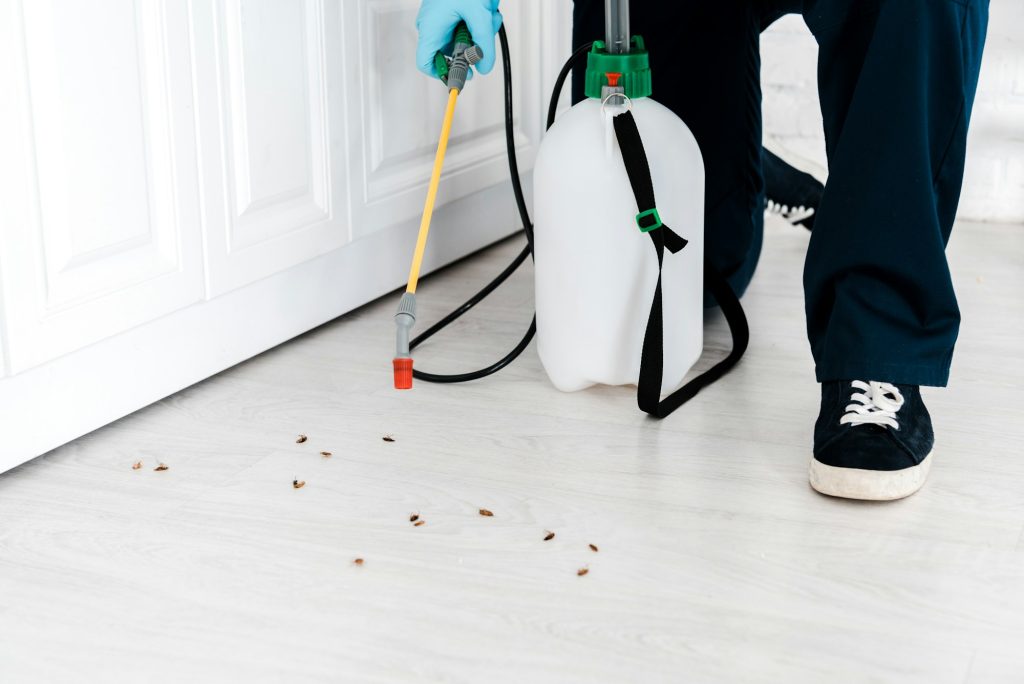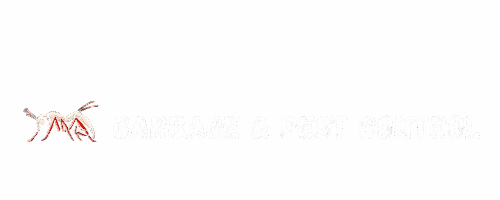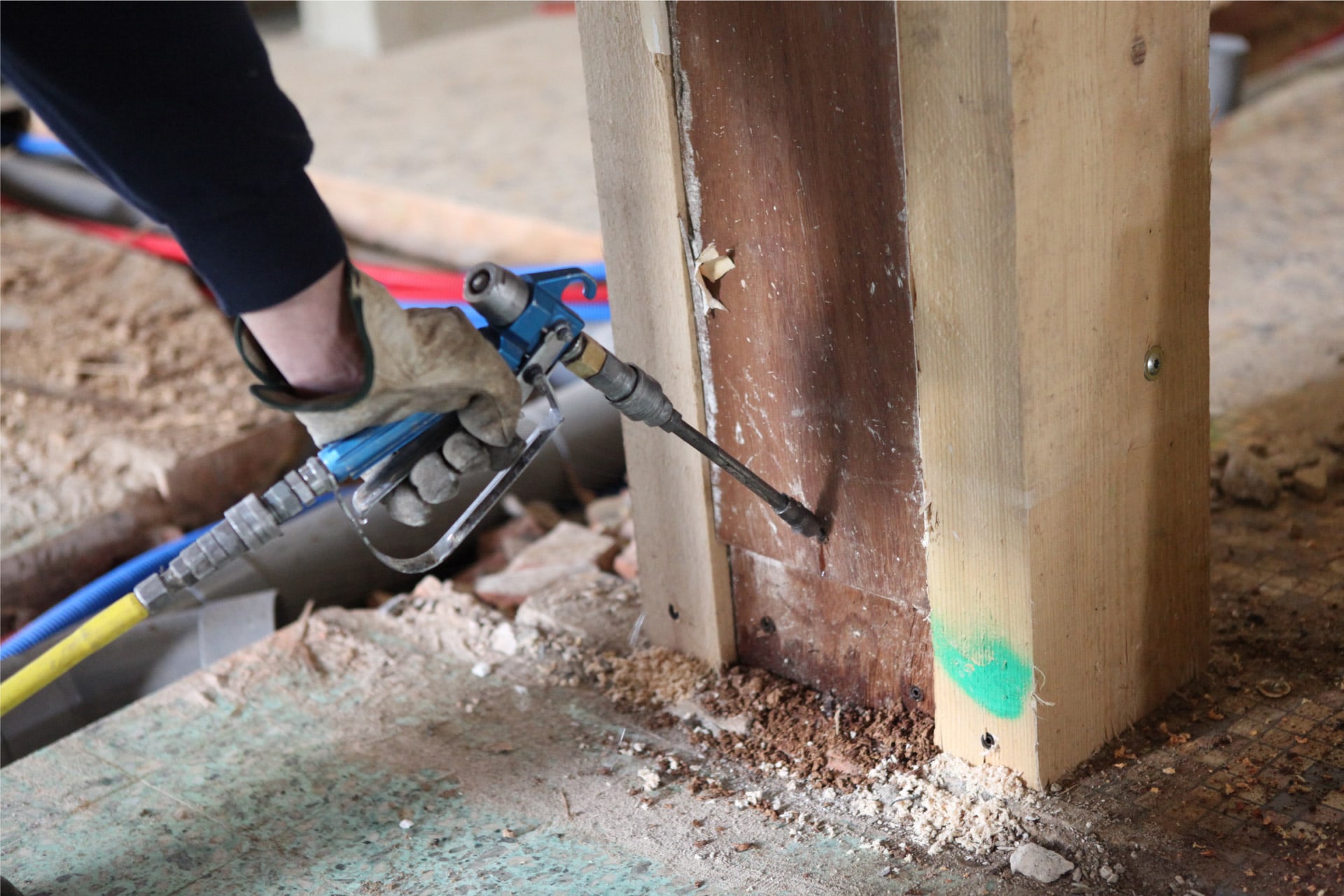Protect Your Home with Expert Pest Control Termite Solutions
Termites are often referred to as the ‘silent destroyers’ of the pest world, causing extensive damage to homes and properties without immediate detection. In Australia, where the climate is conducive to termite activity, understanding how to protect your home with expert pest control termite solutions is essential. This guide aims to provide comprehensive insights into termite behaviour, prevention strategies, and the importance of professional pest control services.
Understanding Termite Behaviour
To effectively protect your home from termites Sydney, it is crucial to understand their behaviour and biology. Termites are social insects that live in colonies, which can range from a few hundred to millions of individuals. They primarily feed on cellulose, a component found in wood, paper, and other plant materials.
There are several species of termites in Australia, with the most common being the Subterranean, Drywood, and Dampwood termites. Each species has unique habits and preferences, which influence their potential impact on your property.
Subterranean Termites
Subterranean termites are the most destructive type found in Australia. They live underground and build extensive tunnel systems to access food sources. These termites require moisture to survive, making areas with poor drainage or leaks particularly vulnerable. They can enter homes through cracks in the foundation or by travelling along wooden structures.
Drywood Termites
Unlike their subterranean counterparts, Drywood termites do not require contact with soil. They typically infest dry wood, such as furniture or structural timber. These termites can remain undetected for long periods, as they do not create visible tunnels. Signs of infestation may include small piles of faecal pellets or hollow-sounding wood.
Dampwood Termites
Dampwood termites thrive in moist environments and are often found in decaying wood. They are less common in urban areas but can still pose a threat to homes with water damage or poor ventilation. Identifying and addressing moisture issues is crucial in preventing these pests from establishing a colony.
Signs of Termite Infestation
Recognising the signs of a termite infestation early can save homeowners significant repair costs. Some common indicators include:
- Wood Damage: Look for hollowed-out wood or wood that sounds hollow when tapped.
- Frass: This is the term for termite droppings, which resemble small pellets or sawdust.
- Swarmers: Winged termites, known as swarmers, may appear during mating season, typically in spring.
- Mud Tubes: Subterranean termites build mud tubes for protection while travelling between their colony and food sources.
Preventing Termite Infestations
Prevention is always better than cure when it comes to termite control. Implementing effective strategies can significantly reduce the risk of infestation. Here are some essential prevention tips:
Maintain a Dry Environment
Termites thrive in moist conditions, so it is vital to keep your home dry. Ensure proper drainage around your property and fix any leaks in plumbing or roofing. Additionally, consider using dehumidifiers in damp areas such as basements and crawl spaces.

Regular Inspections
Conducting regular inspections of your property can help identify potential termite problems before they escalate. Look for signs of damage, especially in wooden structures, and consider hiring a professional pest control service for comprehensive inspections.
Proper Landscaping
Landscaping can significantly influence the likelihood of termite infestations. Keep mulch and wood piles away from the foundation of your home, and ensure that any wooden structures, such as decks or fences, are treated with termite-resistant materials. Additionally, maintain a gap between soil and wooden elements to discourage termite access.
Professional Pest Control Solutions
While DIY methods can help in prevention, professional pest control services are often necessary for effective termite management. These experts have the knowledge, tools, and experience to identify infestations and implement appropriate treatment plans.
Inspection and Assessment
Professional pest control begins with a thorough inspection of your property. Technicians will assess the extent of any existing infestations and identify potential risk areas. This assessment is crucial for developing a tailored treatment plan that addresses your specific needs.
Treatment Options
There are several treatment options available for termite control, including:
- Liquid Soil Treatments: These involve applying a chemical barrier around the foundation of your home to prevent termites from entering.
- Baiting Systems: Bait stations are strategically placed around the property to attract and eliminate termites.
- Fumigation: For severe infestations, fumigation may be necessary. This involves sealing the home and introducing a gas that penetrates all wood and eliminates termites.
Ongoing Monitoring and Maintenance
After treatment, ongoing monitoring is essential to ensure that termites do not return. Many pest control companies offer maintenance plans that include regular inspections and treatments as needed. This proactive approach can provide peace of mind and protect your investment in your home.

Conclusion
Protecting your home from termites requires a combination of understanding their behaviour, recognising the signs of infestation, and implementing effective prevention strategies. While DIY methods can be beneficial, enlisting the help of professional pest control services is often the most effective way to ensure your home remains termite-free. By taking these proactive steps, you can safeguard your property and enjoy peace of mind knowing that your home is protected against these destructive pests.
See Also: Mouse Removal Sydney: DIY vs. hiring a local specialist.

